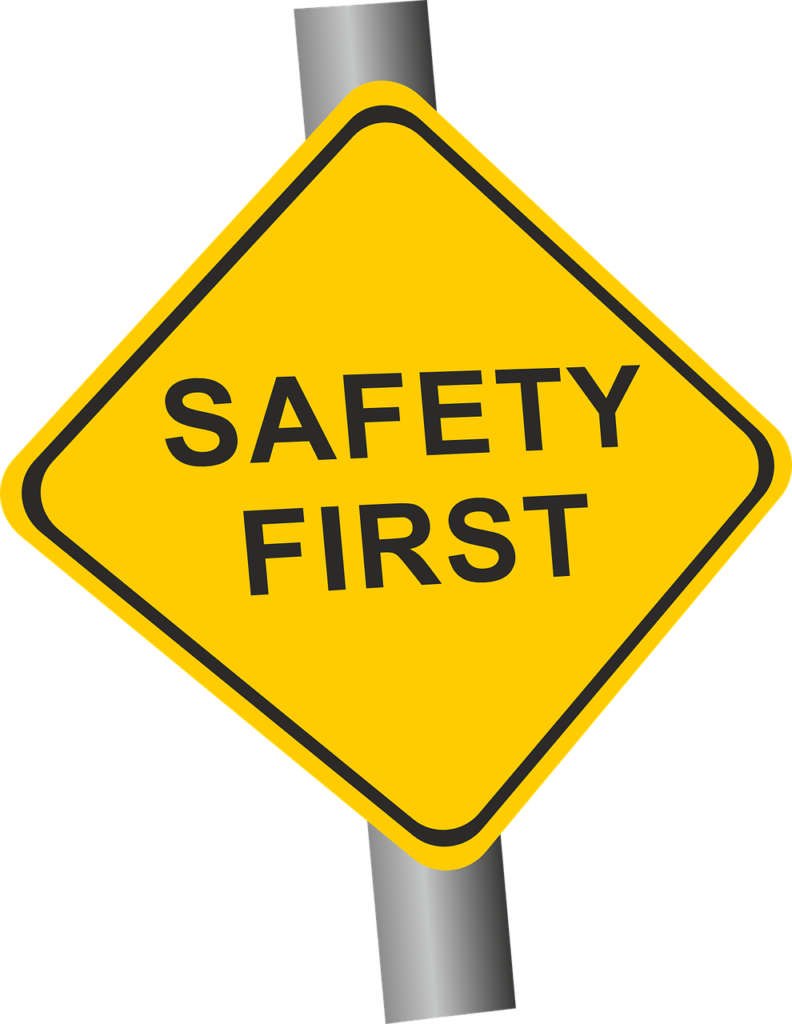In dental offices throughout New Hampshire, Maine, Vermont, children are having teeth extracted, cavities filled, root canals, and crowns. Often times, they are sedated to make them more cooperative, less anxious, and calmer. Enabling the dentist to perform several treatments at one time.
Safe sedation for children in the dental setting has come to light earlier this year due to a few rare cases, where children have slipped into a deeper level of sedation than planned.
According to the latest guidelines jointly written by the American Academy of Pediatric Dentistry and the American Academy of Pediatrics, to ensure the safety of children when IV sedation is being considered, there are several factors that must be carefully weighed and following protocols is critical.
 The safe sedation of children for procedures requires a systematic approach that includes the following:
The safe sedation of children for procedures requires a systematic approach that includes the following:
No administration of sedating medication without the safety net of medical super- vision,
Careful pre-sedation evaluation for underlying medical or surgical conditions that would place the child at increased risk from sedating medications,
A focused airway examination for large tonsils or anatomic airway abnormalities that might increase the potential for airway obstruction,
Appropriate training and skills in airway management to allow rescue of the patient,
Age- and size-appropriate equipment for airway management and venous access, appropriate medications and reversal agents,
Sufficient numbers of people to both carry out the procedure and monitor the patient,
Appropriate physiologic monitoring during and after the procedure,
A properly equipped and staffed recovery area,
Recovery to pre- sedation level of consciousness before discharge from medical supervision, and appropriate discharge instructions.
J.P. Abenstein, former president of the American Society of Anesthesiologists told the Hartford Courant, “Ask how your vital signs will be monitored while you’re sedated and who will do the monitoring. In rare cases, sedative drugs cause people to stop breathing, and you want to be sure that someone is monitoring your vital signs at all times and that there’s an emergency plan in place in case something goes wrong. Ideally, the office should have a defibrillator and everyone on the medical team should have training in advanced cardiac life support.”
With safety in mind, experts recommend having a nurse anesthetist perform the sedation, while the dentist performs the dental procedure. “Many medical experts say it’s unsafe for dentists to administer anesthesia in kids while also doing dental work.” NBC.
At Blue Sky Solutions Group, our expectations are high and yours should be too when choosing to have sedation for your dental procedure. You deserve to have individual attention and an experienced nurse anesthetist providing your sedation whose only concern is monitoring you.
We follow the strict American Dental Association guidelines and protocols throughout the procedure. We are passionate about helping New Hampshire residence, including the cities of Barrington, Dover, Concord, Amherst, receive the dental care they need.
Contact Blue Sky Solutions for more information and to make an appointment.


